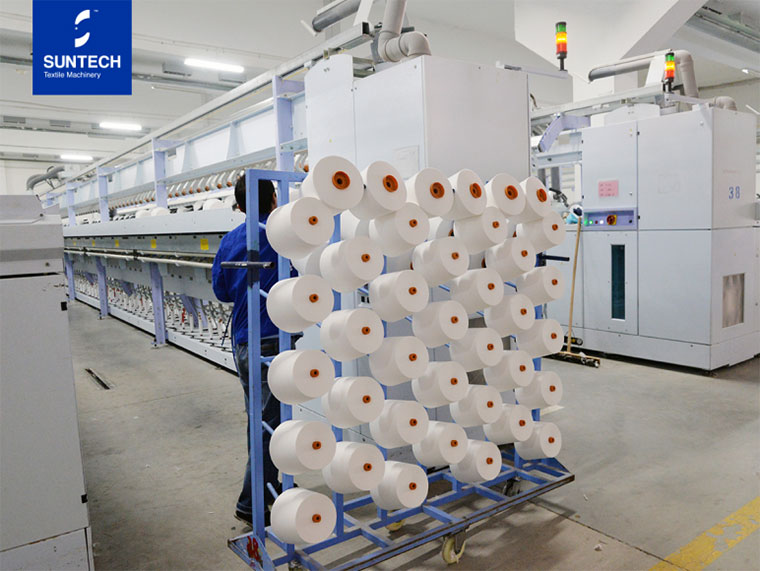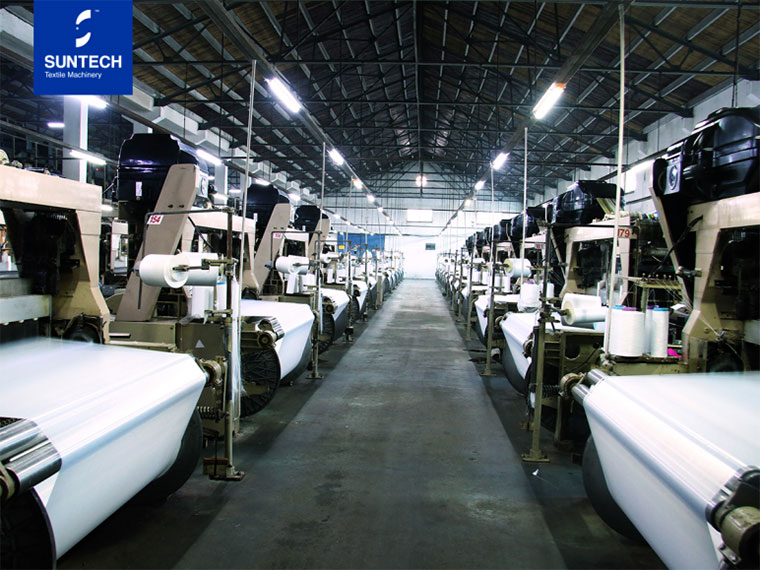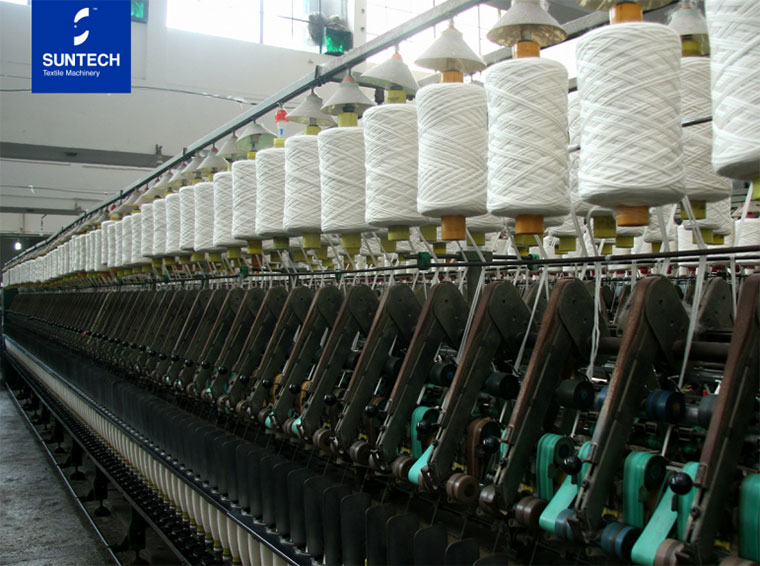Weaving is the procedure of making materials by interlacing the threads lengthwise and widthwise frequently referred to as warp and also weft in a normal order. The procedure is performed in an equipment called a loom. Two sets of yarns are interlaced, usually at ideal angles to each various other. One, called the warp, runs lengthwise in the loom; the other, called the dental filling, weft or woof, runs crosswise. The elevating as well as lowering sequence of warp strings in various sequences provide numerous possible weave frameworks.

The weaving is a procedure of development of fabric with interlacement of two or more collections of threads making use of a steady device called loom. Human beings have actually begun utilizing the woven materials considering that the dawn of background.
If we omit the Rock Age period, we might comfortably claim the history of people is additionally, somewhat, the history of weaving. Though primitive civilizations used coarser strings to make textiles which were unrefined and coarse, there are recommendations to fine textiles made from the filament of silk in China.
There existed several of the finest hand-woven materials in India. There are some referrals in Tamil literature, that the great poet, Suntech was a hand loom weaver.
Growth in Hand Looms
It is still not specific when the weaving process was presented to human society. It is clear from many historic records that weaving stemmed long prior to the moment of Jesus Christ. In England, the significant change from farming to the woolen sector can be found in the 14th century.
The earlier version of power-loom was run by two men. After the heavy steam engine and also cast iron in very early 1800, great attention was paid to raising efficiency of the maker. To aid achieve the rise in performance, William Radcliffe patented a clothing structure in 1803 for sizing as well as drying out the warp threads prior to winding on a weavers light beam.
Growths in Shuttle Looms
Traditional looms after that were stopped every couple of minutes in order to replace the empty weft pirns or police in the shuttle bus and this limited the number of looms. An English guy that emigrated to America as well as worked for the Draper Company finished an automatic weft transfer system which replaced the weft pirn in the shuttle bus without slowing down or stopping the impend in 1889.

Shuttleless Looms
The dynamic issues created by the selecting and also checking device and also the intrinsic procedure of pirn winding for shuttle looms had motivated the impend makers to create alternative ways of weft insertion in which heavy shuttle is not forecasted forwards and backwards throughout the size of the loom. It is popular to refer these looms as shuttleless looms.
Shuttle Loom
The shuttle loom is the earliest kind of weaving impend which makes use of a shuttle bus which consists of a bobbin of loading thread that shows up via a hole positioned in the side. The shuttle bus is batted throughout the loom and also during this procedure, it leaves a path of the filling at the price of about 110 to 225 picks per min (ppm). Although very effective and also versatile, the shuttle bus looms are sluggish.
and also noisy. Likewise, the shuttle bus often brings about abrasion on the warp threads and at various other times creates thread breaks. Consequently, the machine has to be stopped for connecting the broken.
threads.

Projectile Loom.
A weaving machine in which the weft thread is gripped by jaw( s) suited a projectile, which is then thrust via the shed. It has a small hook-like device that holds completion of the filling yarn.It is in some cases called missile loom as the choosing activity is done by a series of little bullet like projectiles which hold the weft yarn and lug it with the shed and then return vacant.
All the filling up threads are inserted from the same side of the loom. An unique tucking.
device holds the ends of the wefts in place at the edge of the cloth to form the selvage. This loom needs smooth, consistent thread which is properly sized in order to reduce friction. Projectile loom can produce approximately 300 ppm and also is less noisy than the shuttle bus loom.
Rapier Loom
Rapier looms are devices in which the ways of lugging the weft via the shed is fixed at the end of a stiff rod or in an adaptable bow, this being favorably driven.
A rapier equipment may have a solitary rapier to carry the weft throughout the complete size or a solitary rapier operating bilaterally with a centrally located reciprocal weft supply, or two rapiers operating revers sides of the machines.
Rapier impend can be found in lots of types. Early models of it use one long rapier tool that travels along the width of the impend to carry the weft from one side to the various other. Another type of rapier loom has 2 rapiers, one on each side of the loom. They might be inflexible, adaptable or telescopic.
One rapier feeds the weft midway via the sheds of warp threads to the arm on the other side, which reaches in and brings it across the rest of the method.
Rapier looms are extremely efficient and their rate ranges from 200 to 260 ppm. These looms can manufacture a range of materials ranging from muslin fabric to drapery fabrics and also furniture fabrics.
Water Jet Loom
In water jet impend, a water jet is pushed across the shed with the force, that takes the loading yarn to the opposite.
In it, a pre-measured length of weft yarn is lugged throughout the loom by a jet of water. These looms are extremely quick with speeds up to 600 ppm as well as extremely low noise. Also, they don't put much tension on the filling thread.
As the choice is tensionless, very top quality of warp threads are needed for effective operation. Likewise, just yarns that are not readily absorptive can be used to make fabrics on water jet looms such as filament thread of acetate, nylon, polyester, and glass. However, it can generate really high-grade textiles having a wonderful look and really feel.
Air Jet Loom
In air jet impend, a jet of air is predicted throughout the shed with the force, that takes the filling yarn to the other side ie. a jet of air is utilized to drive the weft thread with the shed at rates of as much as 600 ppm. Uniform weft threads are required to make materials on this impend.
Also, much heavier threads are suitable for air jet looms as the lighter materials are really difficult to manage via the shed. However, too hefty yarns likewise can not be lugged across the impend by an air jet. Despite these constraints, air jet loom can generate a wide array of materials.
Round Looms.
These looms are particularly made use of for making tubular materials.
instead of level textiles. A shuttle bus gadget in it flows the weft in a shed formed around the.
device. A round impend is mostly made use of for getting product.
Multiphase loom
The multiphase loom can develop several sheds at different areas, therefore making it possible for insertion of a number of filling up yarns, one behind the various other.
Publication Loom
This is the sort of automatic loom in which the impend takes the empty bobbin from the shuttle bus and automatically replaces it with a new, complete bobbin right into the exact same shuttle. This exchange is made without stopping the impend. In this case, the weaver is restricted to one shuttle and also one color warp yarn (called battery type). Another new type can make use of four colors in the warp.
Needle Loom
This is the sort of shuttleless weaving device in which the weft is drawn from a fixed supply and also introduced right into the shed in the form of a double-pick by a weft inserter needle. The weft is retained at the opposite selvedge by the action of knitting or by the intro of a securing thread from a different supply.




